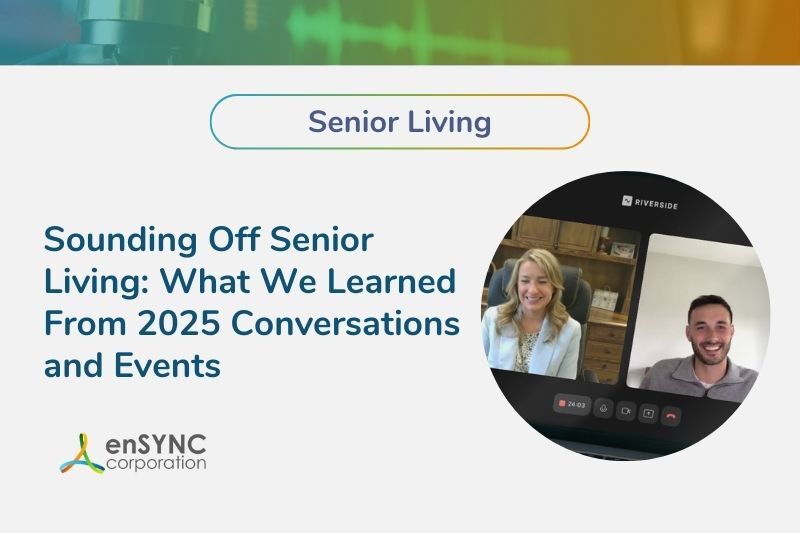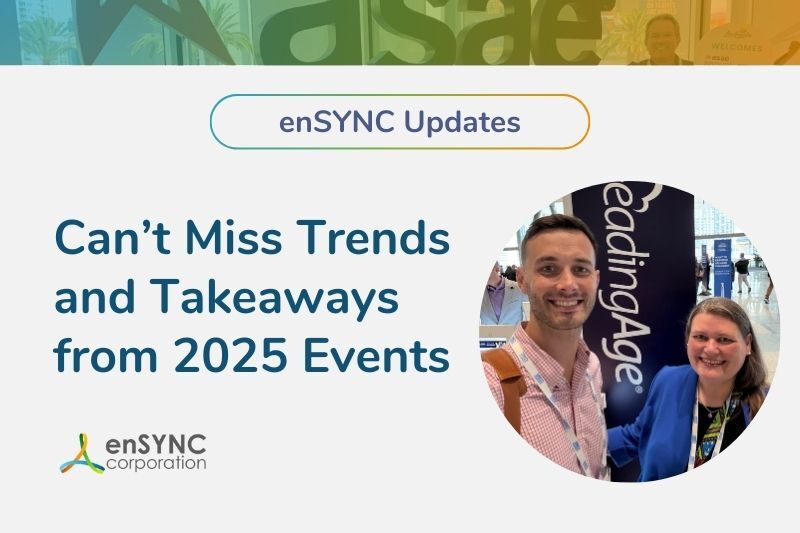Technology & digital transformation | Grant & fundraising | Nonprofits
Learn How to Implement IT Modernization for Your Nonprofit
June 15, 2021
|
IT modernization harnesses the ability to utilize the latest technology for the benefit of your digital business, nonprofit organization, or federal government agency. While many organizations understand the potential benefits of using modern technology, only 47% of organizations in the nonprofit sector currently have the capacity to automate their financial processes.
Being able to modernize your IT can make the difference in your organization prevailing or failing, growing or stagnating. Learn more about the role IT modernization can play in your organization and how to tap into it.
What is IT Modernization?
IT modernization helps you put new tools and processes in place to help you meet the evolving needs of your organization that your current technology does not satisfy.
Technology generally has a finite life. The traditional letter fell out of favor with the invention of the telegram, then the telegram was replaced by telephones and eventually by email. The technology you implemented years ago will need to be updated at some point, likely sooner rather than later. The technological boom that has occurred in the 21st century has been exponential in nature.
IT modernization helps you put new tools and processes in place to help you meet the evolving needs of your organization that your current technology does not satisfy. It delivers technology solutions that best align with current trends and the needs of your organization.
Benefits of IT Modernization
IT modernization for nonprofits can provide far-reaching benefits to your organization, potentially including:
- More efficient processes that save your organization time and money.
- Innovative tools that put you on the cusp of technology.
- Solutions to problems your organization is facing.
- Greater accuracy, automation of reports, tracking key metrics, and reduction of potential issues.
- Notification to decision-makers of potential problems and solutions.
- Improvement of donor, client, and employee satisfaction.
- More secure ways of storing data.
- Real data in real-time.
- A better customer experience.
- Positive impact on membership, donor relations, and growth.
- Reduction in administrative costs.
Examples of IT Modernization
IT modernization for nonprofits can take many forms, including:
- Updating your hardware and software systems.
- Replacing legacy systems with more modern ones.
- Switching to cloud-based servers, data sharing, and backup portals.
- Putting more user-friendly systems in place.
- Using the cloud platform and data centers for greater IT security.
- Optimizing more user-friendly and mobile-friendly applications.
- Empowering stakeholders to make data-driven decisions.
In a 2019 report by the United States Government Accountability Office (GAO), out of the 10 most critical legacy systems federal agencies the GAO identified as in need of modernization, the most common problems include:
- Outdated languages.
- Unsupported hardware and software.
- Known security vulnerabilities.
Updating these systems with more user-friendly solutions could have a significant impact on the future growth of your organization.
Emerging Trends in IT Modernization
The COVID-19 crisis highlighted the need for for-profit businesses and nonprofit organizations alike to adapt and establish structures other than traditional in-person galas or fundraising campaigns.
According to Forbes, nonprofit organizations that “don’t adapt quickly will continue to fall behind.”
These organizations have to find new and innovative ways to connect with donors and attract their attention while other NPOs are doing the same. A 2020 Aberdeen report revealed that 81% of non-profit organizations are keeping the same amount of technology investment or increasing it, despite the pandemic. Not doing the same can quickly leave your organization in the dust.
Some emerging trends in IT modernization include:
- Use text-to-give options - Make it as easy as possible for donors to contribute to your nonprofit by adapting text-to-give. Only 13% of NPOs currently use text-to-give in their fundraising campaigns.
- Complete more fundraising activities online - Online fundraising has quickly become the new normal during the pandemic. Even when the crisis subsides, online fundraising still provides many benefits, including a more cost-efficient way to increase user engagement and the ability to connect with people despite how many miles away they are.
- Invest in adaptive fundraising software - There are many software options available to choose from, including products that adapt to the behaviors of donors and consumers, provide transparency to donors, give you a holistic view of your donors, and offer exceptional customer service.
- Send personalized marketing messages - Today, there are many email marketing campaign frameworks that collect important information about your donors and people who visit your websites. This allows you to segment lists of people interested in your organization and send more personalized messages to them.
- Use AI for financial processes - Automated scraping and data extraction free up administrative time to do other tasks. AI can apply accounting calculations, analyze financials, and provide reports in real-time. AI can also help predict donor behaviors and provide more accurate financial projections.
- Provide information in real-time to stakeholders - 49% of NPOs lack the ability to send automatic notifications to decision-makers when scheduled activities fail to occur.
- Integrate to the cloud - Moving your databases and systems to the cloud can provide greater flexibility for your organization.
Ways to Implement IT Modernization for Your Nonprofit Organization
Make your modernization effort successful by following these steps:
1. Assess Your Current Situation.
Before investing any time, money, or resources into modernization, assess your current situation. Consider the current products you use and if they are really meeting your needs. Also, consider whether they will meet the long-term needs of your organization. You can take our quiz to get started.
2. Include Leaders in Your Plan.
Changes in your technology plan require a buy-in from leaders to be effective. Be sure that you provide clear details about the potential benefits of your proposal. Be prepared to offer demonstrations or training regarding the new technology.
3. Ask Key Questions.
Ask your stakeholders key questions, including:
- What are your biggest goals?
- What are the biggest problems hindering your goals?
- What are the members of your team spending most of their time on?
- What processes can you automate?
- What have members asked for?
- What capabilities do your team members wish you had?
4. Prioritize Your Modernization Efforts.
Your needs are likely different if you have a small grassroots organization, rather than operate an agency funded with billions of dollars by the federal government. Take a good look at your potential donors, how they would prefer to interact with your organization, and which tools and resources will have the biggest impact on your agency.
5. Consider Who Should Be Included.
In addition to leadership, also try to involve all other stakeholders in your IT modernization plan, including:
- Managers
- Your board
- Members
- Employees
- Current donors
- Potential donors
Ask for feedback from each of these groups about ways you can possibly improve.
Let us help you level up.
IT modernization can help you streamline your processes and make your organization more efficient. The benefits of this journey will help you better serve your community and focus on your organization’s mission.
Recent Posts

The Best of the Blog 2025 — A Year in Review
From forward-looking trend analyses to powerful case studies and thought-provoking conversations, the enSYNC blog featured a host of great content in...

Sounding Off Senior Living: What We Learned From 2025 Conversations and Events
As senior-living leaders navigate 2025’s rapid shifts in workforce, technology, regulation, and resident expectations, one theme has become...
Enjoying our blog?
At enSYNC, we want to empower associations and nonprofits to make well-educated decisions. If you want our industry knowledge (and other free guides) sent directly to your inbox, fill out the form below.


